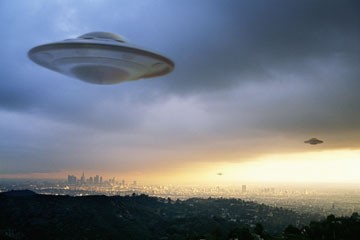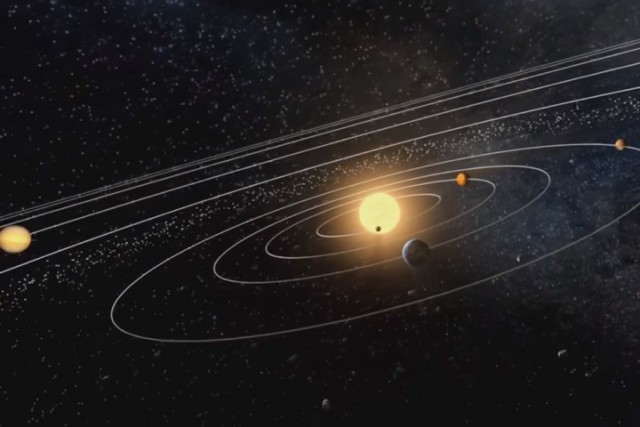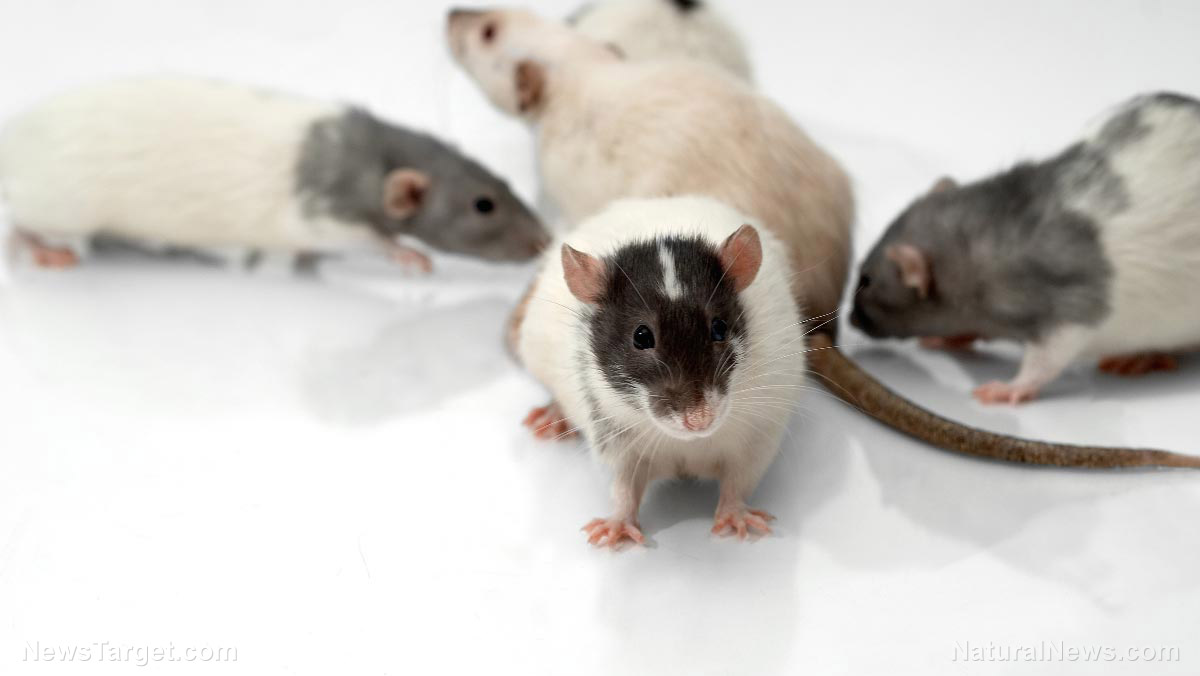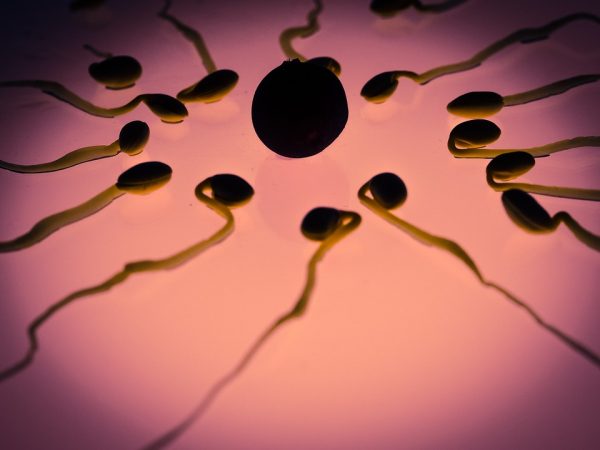06/10/2018 / By Isabelle Z.
A surprising new study is casting serious doubt on the popular theory that modern animals are the result of millions of years of evolution. After looking at the mitochondrial DNA of thousands of animal species, including humans, researchers reached the stunning conclusion that nearly every species dates back just 100,000 to 200,000 years.
The study was carried out by the University of Basel’s David S. Thaler and The Rockefeller University’s Mark Young Stoeckle. According to the conventional narrative of evolution involving adaption based on genetic mutations and survival of the fittest, one would expect older species and those with big populations spread across the planet to have greater genetic variation. However, the researchers actually found that 90 percent of the animal species have mitochondrial DNA variation that is similarly low.
The scientists were taken aback by the finding. Thaler said: “This conclusion is very surprising, and I fought against it as hard as I could.” After all, the common notion that the evolution of species on our planet has been a progressive and slow process is rarely challenged by scientific studies.
This study took a different approach than those of the past, which have looked at nuclear DNA. Every animal has DNA in its mitochondria. One of the genes found in mitochondria, COI, is used for DNA barcoding. While nuclear DNA differs dramatically from species to species, animals have the same mitochondrial DNA, making a good basis for comparison.
After analyzing these barcodes across 100,000 species, they discovered strong evidence that almost all animals emerged right around the time humans did. This was because there was no variation in the “neutral” mutations, or slight DNA changes across generations that don’t impact an individual’s odds of survival. The similarity of these neutral mutations to one another can be likened to the rings in a tree in terms of their ability to indicate a species’ approximate age.
Humans, animals remarkably similar
It’s also very interesting to note their findings that the genetic differences between humans around the world aren’t any greater than the differences between any two pigeons or any other animals. According to Stoeckle, “Culture, life experience and other things can make people very different but in terms of basic biology, we’re like the birds.
“By determining the genetic variety within species of the animal kingdom, made possible only recently by the burgeoning number of DNA sequences, we’ve documented the absence of human exceptionalism.”
How can it be that the vast majority of animal life is approximately the same age, genetically speaking? According to their findings, most – if not all – animal species actually got their start 200,000 years ago with their mitochondrial clock essentially set at zero. They were believed to have gotten their start with small “founding” populations that later expanded, possibly in response to extreme conditions like the last ice age. This means that the possibility of intelligent design is still very much on the table, despite what Darwinian adherents would have you believe. (Related: Huge contradictions in “scientific” thinking revealed … Theory of evolution in no way explains origins of life.)
Follow more news on published science at Science.news.
Sources for this article include:
DailyWire.com
ChristianPost.com
Collective-Evolution.com
Independent.co.uk
We will respect your inbox and privacy



















